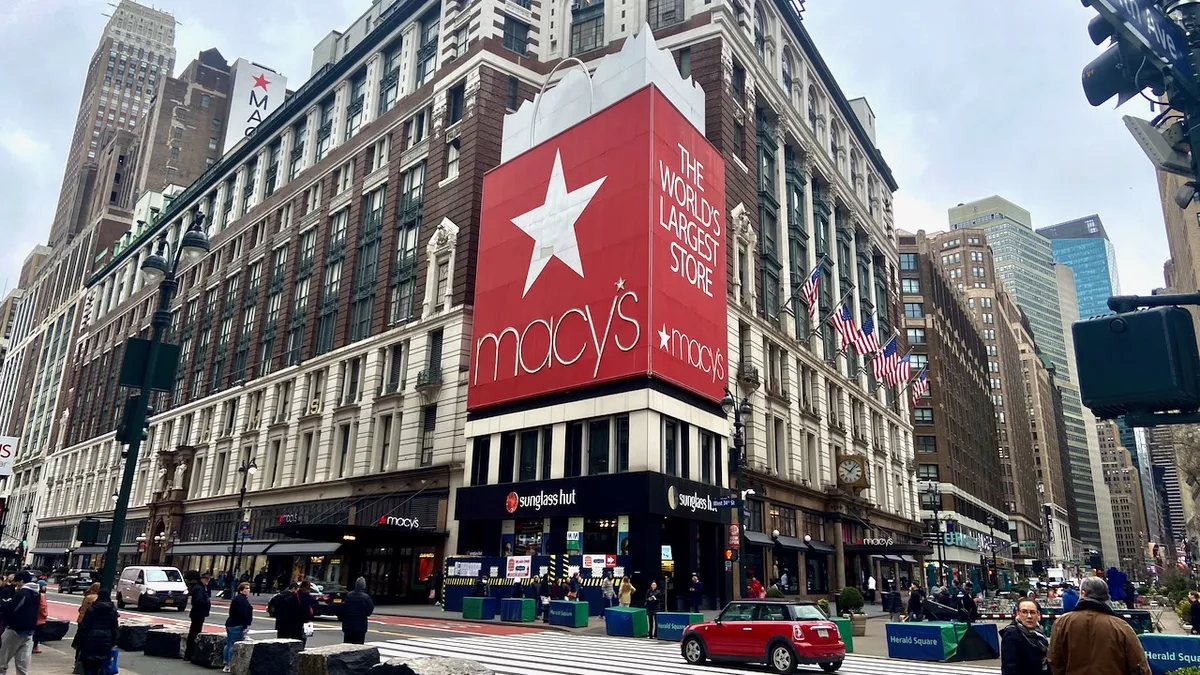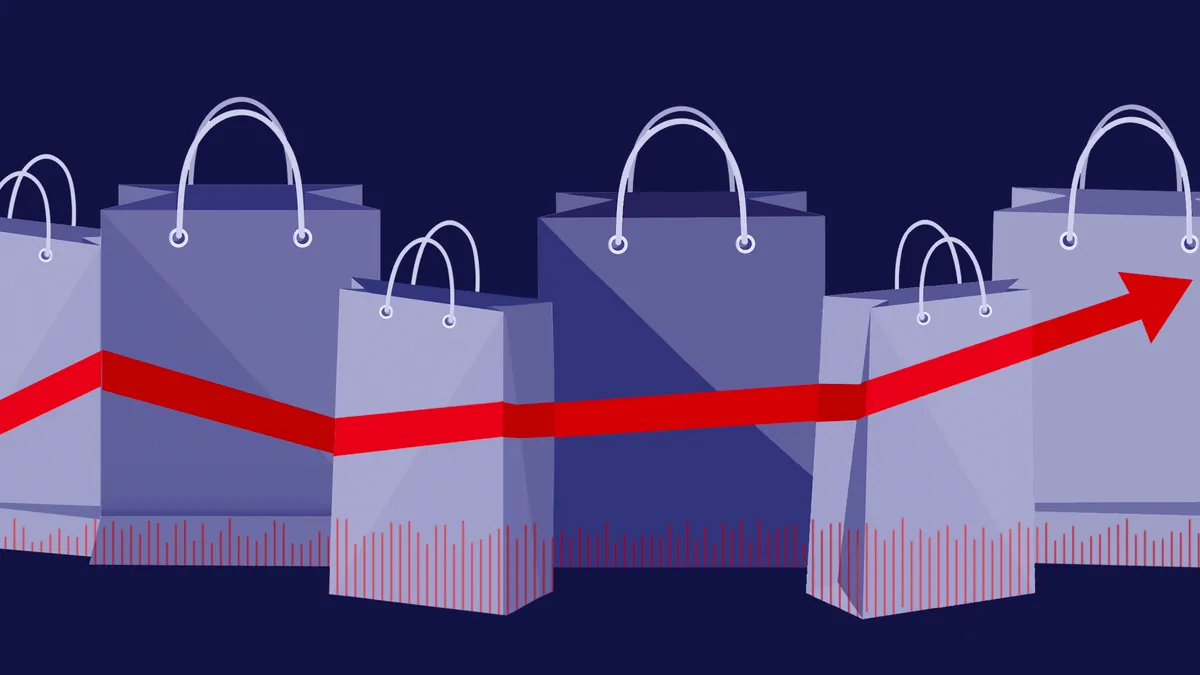In the wake of the COVID-19 pandemic, consumer support for local businesses was higher than ever. A 2021 Harris Poll Consumer Shopping Study showed that 71% of Americans would prefer to buy from an independent retailer over a national chain, as long as they were equally convenient and reliable. Since then, the buy-local sentiment has stayed strong, but independent retailers have continued to face an onslaught of challenges, from supply chain issues and worker shortages to rising supply costs.
Even for brick and mortar retailers with healthy profit margins, these challenges have made it difficult to expand by going the traditional route of opening a new location. Instead, they are discovering that new omnichannel retail technology has lowered the barrier to opening an online store, offering a more affordable alternative with a bigger upside.
Taking your store online with an omnichannel retail POS
Particularly for shop owners who are wary of technology, the world of ecommerce can be daunting. How do you carve out the time to set up an online store when you’re already time-strapped? What do online sales mean for your in-store inventory? And what about shipping and returns?
The best advice is to start simple. And with an omnichannel retail POS, starting an online store can be as simple as extending your physical store to an online storefront. At its core, “omnichannel” means two very straightforward things:
1. It gives your customers multiple ways or “channels” to purchase your goods.
2. It saves you time and money by enabling you to manage all those channels from one place.
Adding a online store has a lower barrier of entry than adding a new location
Unlike traditional brick-and-mortar expansion, launching an online store can be quick and inexpensive. There's no rent, new employee salaries, or construction costs you need to worry about. And it’s not like years past where you needed to hire an expensive web developer to build a custom online store for you.
If you’re tech-savvy, you can choose from a variety of cheap do-it-yourself ecommerce platforms and plug your online store into your existing business website. Alternatively, you can go with an omnichannel retail POS built for small businesses that includes an online store as part of the package. From there all you have to do is choose the products you want to sell online from your cloud-based catalog and publish them to your digital storefront.
Ongoing overhead costs are minimal as well, typically consisting of a low monthly software fee for your ecommerce platform, and then any wages paid to you or employees helping fulfill new online sales. But there’s good news here, too. The right ecommerce platform can provide you with built-in tools you need to manage your online store and handle orders on your own, including shipping and returns. Compared to opening a new brick and mortar location, you’ll need far fewer employees.
Expand your reach to more customers and increase sales
For better or worse, retail chains and ecommerce giants have gotten consumers accustomed to fast, affordable shipping and options like buy online, pick up in store. Once again, this is where an omnichannel POS solution helps your independent retail store compete and win. An online store makes it simple to expand your reach nationwide, with options for fast, affordable delivery that don’t require a lot of work for you on the backend.
It also can help you increase sales among your existing customer base. Your online store is open 24/7, so your customers can shop when they want, and take advantage of convenient options for same-day local delivery and in-store pickup. It’s all the convenience that the modern consumer has come to expect.
Tools to boost efficiency. And profits.
Perhaps the best part of adding an online store with an omnichannel POS solution is gaining access to detailed business data. With your in-store and online catalog and inventory in one cloud-based dashboard, it’s far easier to see what products are selling over time and adapt quickly. And with the added revenue stream of an online store, you may even discover other cost-cutting opportunities, such as being able to reduce your in-store hours during slow periods or days.
With easy-to-read trends and reports right at your fingertips—alongside your catalog and inventory—you have the information and tools you need to be flexible and grow your business without a huge investment.










